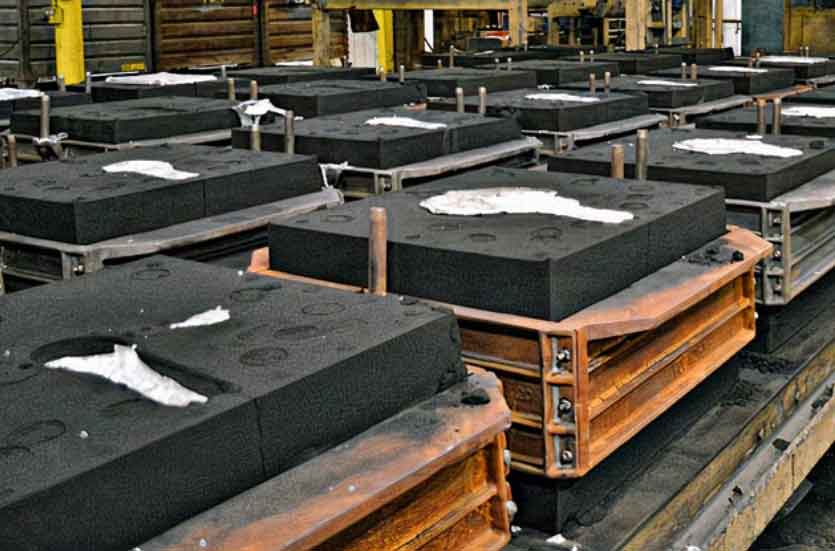Resin sand casting is a casting method renowned for its ability to master complexity and shape intricate metal components with exceptional precision. This process is well-suited for creating parts with intricate geometries, internal features, and varying thicknesses. Let’s explore how resin sand casting achieves this feat:

1. Expendable Pattern:
Resin sand casting uses expendable patterns made from various materials like wood, plastic, or metal. These patterns are replicas of the desired metal component. The flexibility of creating expendable patterns allows for intricate designs and complex shapes to be easily realized.
2. Pattern Reproduction:
The pattern is used to create the mold cavity in the sand. The sand is coated with resin to improve its strength and dimensional stability. As the pattern is removed from the mold, it leaves behind a detailed impression of its shape and features.
3. Core-Making Capability:
Resin sand casting has the advantage of incorporating cores into the mold. Cores are used to create internal features of the metal component that cannot be achieved by using the pattern alone. These cores can be made of sand or other materials that withstand the heat of the molten metal.
4. Complex Gating System:
The gating system is designed to control the flow of molten metal into the mold cavity. In resin sand casting, engineers can design complex gating systems with multiple channels and sprues to ensure uniform filling of intricate geometries without causing turbulence or defects.
5. High Dimensional Accuracy:
The use of resin-coated sand and precise molding techniques contributes to high dimensional accuracy in the final metal components. This accuracy is crucial, especially for parts that require tight tolerances and perfect fitment.
6. Minimal Draft Angles:
Resin sand casting allows for reduced draft angles on the patterns compared to traditional sand casting. This means that the metal components can have near-vertical walls or even undercut features without being overly constrained by draft requirements.
7. Thinner Sections and Filigree Details:
The versatility of resin sand casting enables the creation of metal components with varying thicknesses, from thicker structural sections to delicate and intricate filigree details.
8. Alloy Compatibility:
Resin sand casting is compatible with various metals and alloys, including ferrous and non-ferrous materials. This flexibility allows manufacturers to choose the most suitable material for each specific application, whether it be for strength, weight, or other properties.
9. Tooling Flexibility:
Resin sand casting offers greater tooling flexibility, making it an excellent choice for rapid prototyping and low-volume production runs. Changes to patterns and molds can be made relatively quickly, reducing lead times and costs for iterative design improvements.
10. Incorporation of Additive Manufacturing:
In recent years, the integration of additive manufacturing, such as 3D printing, with resin sand casting has expanded design possibilities. 3D-printed patterns and cores can be used, allowing for even more intricate and unique metal components.
Resin sand casting’s ability to master complexity stems from its adaptability, precision, and integration of modern technologies. By combining these elements, manufacturers can efficiently produce intricate metal components that meet the demands of diverse industries, including aerospace, automotive, and machinery.
